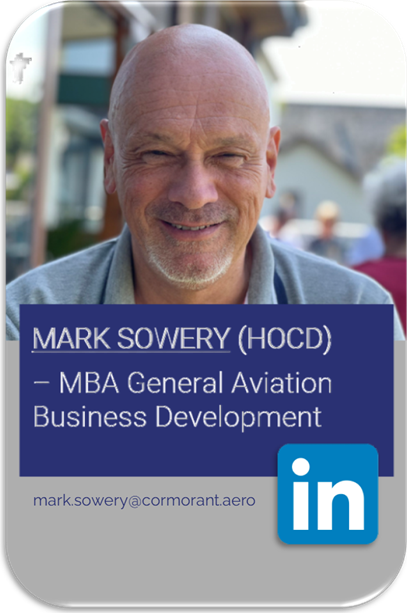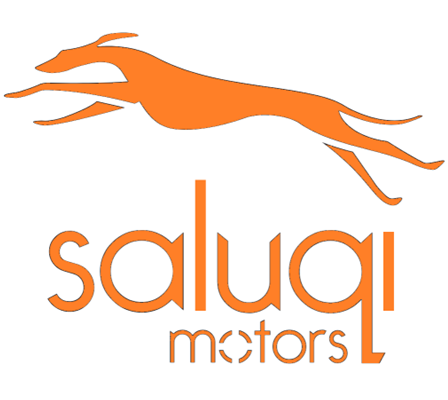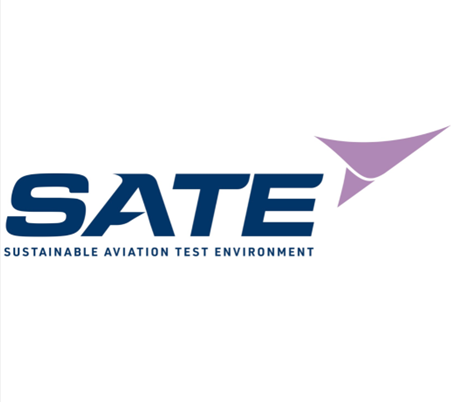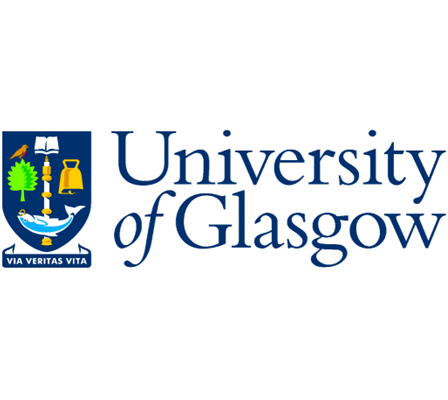ABOUT US
Aims
Our mission is to develop a versatile, multi-role STOL electric aircraft that meets the needs of diverse market segments, ensuring broad relevance and appeal. To achieve this, we aim to:
- Prioritise sustainability as the foundation of everything we do.
- Embed our core design values of flexibility, safety, and adaptability into both the development process and the final aircraft.
- Build on proven solutions focusing on incremental improvements to address historical design shortcomings, rather than starting from scratch.
Read more
Our Approach
We are committed to using proven, certified systems and solutions wherever practical, avoiding unnecessary complexity. We are not focused on revolutionary or overtly experimental designs, we focus on delivering reliable, incremental improvements that build on existing technologies.
To minimise risk, we:
- Avoid “known unknowns” by steering clear of concepts still in development or requiring new standards, except where absolutely necessary.
- Defer strategic decisions when practical without compromising the project’s timeline, allowing emerging technologies to mature into viable, certified solutions before integration.
Adaptability at its Core
Cormorant’s design is built for versatility. It seamlessly transitions between water and land, making it ideal for a wide range of applications – from passenger transport and cargo delivery to urgent medical evacuations and military reconnaissance roles. Its flexible architecture ensures operators can tailor the aircraft to their specific needs, including reconfiguring the aircraft between land-only and amphibious format in under thirty minutes.
Additionally, Cormorant is designed to integrate future sustainable powertrain solutions as they approach certification and their supporting infrastructure (e.g., fuel supply and distribution) is established. This forward-thinking approach ensures the aircraft remains relevant as technology evolves.
Realistic Deliverables
We prioritise practical, achievable outcomes. Our strategy is grounded in thorough research, development, and certification feasibility, aiming to bring Cormorant to market at the earliest practical opportunity. By doing so, we aim to deliver a groundbreaking yet practical product that expands the capabilities of sustainable air transportation with minimal infrastructure requirements.
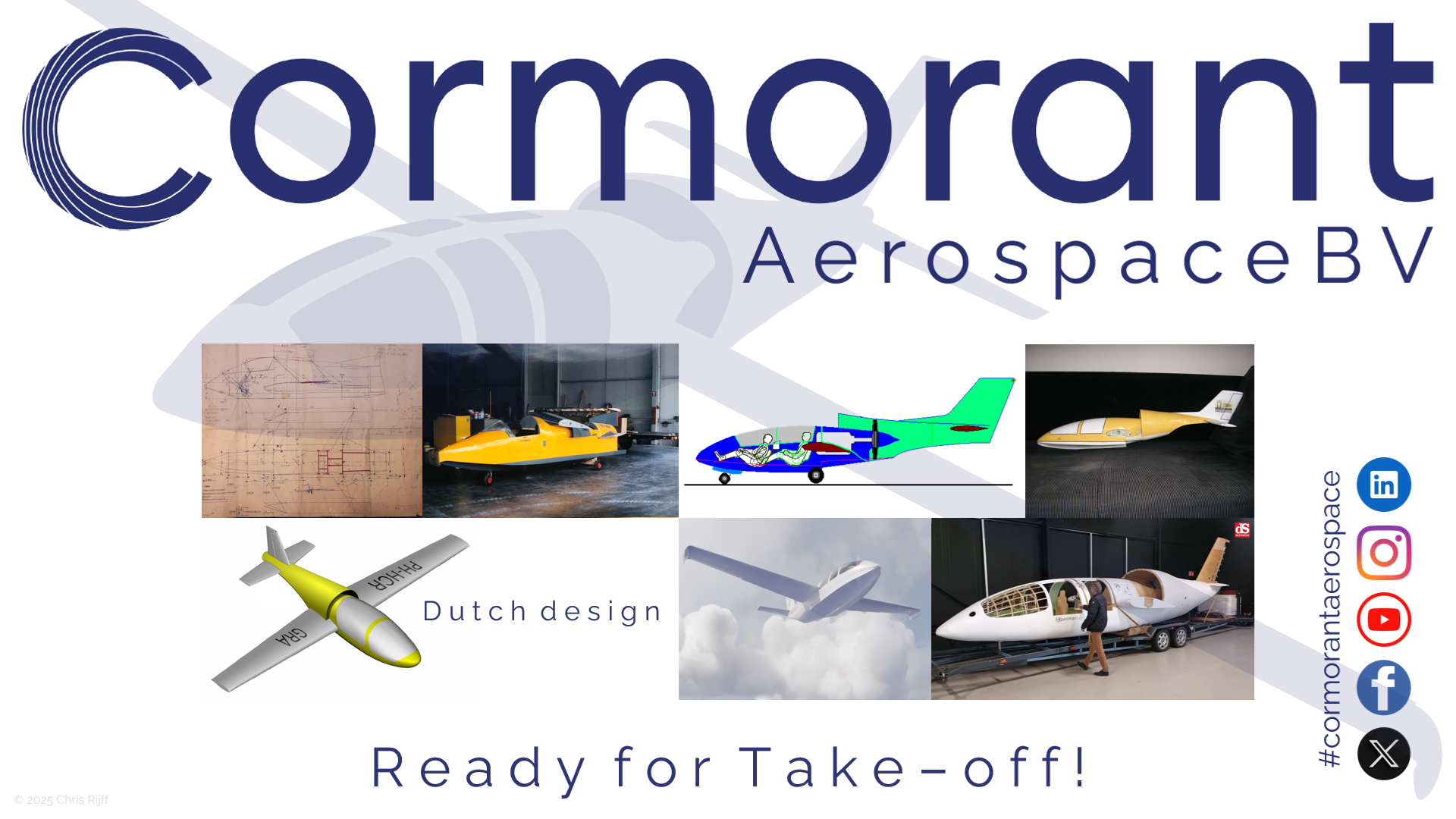
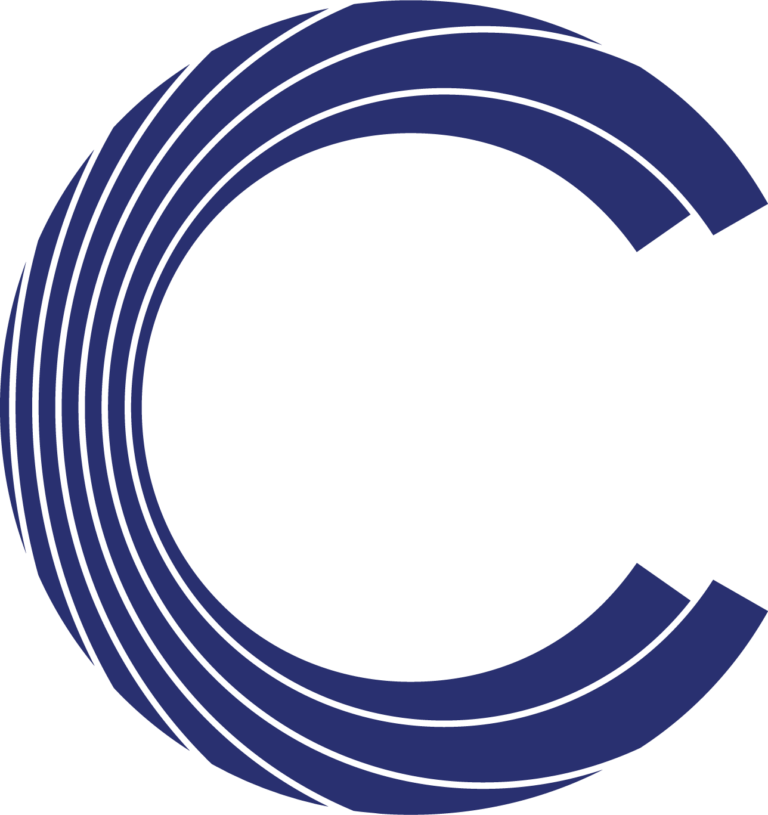
COLLABORATION PARTNERS
Some two decades ago, the need for Cormorant was envisioned based on market demand and on addressing deficits inherent in amphibious aircraft designs. Iterative improvements made whilst listening to potential operators’ requirements evolved the concept organically to the point where, with the emergence of the energy transition making sustainable aviation a potentially realistic goal, it was time to commence initial development.
Adaptability is central to Cormorant’s design. It easily transitions between water and land. Whether transporting passengers, carrying cargo, or facilitating urgent medical evacuations, Cormorant is ready to meet the demands of diverse applications. We have prioritized flexibility to meet the widest variety of operators’ individual needs, such that they may tailor their aircraft accordingly. Cormorant’s architecture enables alternative sustainable powertrain solutions to be incorporated within its airframe once they mature to certification and have their energy vector (i.e., fuel) supply and distribution infrastructure in place.
We believe in producing realistic deliverables over hyperbole. Our approach is based on sound research, development, and certification feasibility. This strategy should enable Cormorant to reach the market by 2028, ensuring a product that is not only groundbreaking but also provides a valuable, minimal-infrastructure addition to expand the capability and capacity of sustainable air transportation.
Our collaborations include:
Cormorant Aerospace B.V.
Curaçaolaan 25
1213 VJ Hilversum
The Netherlands
T: +31 (0)35 647 9155
E: enquiries[at]cormorant.aero
© 2017 – 2025 Cormorant Aerospace B.V. All rights reserved.
Registered with the Chamber of Commerce (KvK), no. 95592997.
BTW / VAT no.: NL862769863B01

